Your Call
In today’s post, I share ten of my favorite images from the most amazing day (so far) of the 2025 Homer IPTs. All were made with the incredible Sony 300mm f/2.8 GM/a-i ii combo. Be so kind as to leave a comment noting your two favorite images as well as the two weakest images in this small collection. An explanation is optional. I will share my thoughts with you here soon.
If you are impressed by the images, the image optimization sessions, and the learning that its going on here, and are seriously interested in joining me here next year, please LMK ASAP via e-mail or via text to 863-221-2372.
The Last Blog Post
In the last blog post, One Lens. One Favorite Bald Eagle Image From Days 1-4 here, my very favorite image was #3, the Bald Eagle calling from perch with wings raised photo. Why? Sharp, clean, well lit, graphic, light blue sky, dramatic, and a behavior that had eluded me for more than two decades. And yes, Image #1 was a close second. Thanks to all those who commented, especially Chuck Carlson, who wrote:
February 19, 2025 at 6:45am
Image #3 Bald Eagle calling from perch. It shows more of the eagle: its energy, its gape, talon detail, underwing coverts, plus I get to hear this one.
Arthur Morris/BIRDS AS ART responded/February 19, 2025 at 12:55pm
Thanks, Chuck. I could not have said it any better myself.
with love, artie
Employment Opportunity
Seeking experienced nature photographer for photo editing …
Multiple IPT veteran and friend of 3+ decades Robert (Bear Bob) Sabin is looking to hire someone to download, edit, organize, and optimize thousands of his images. Nassau County, Long Island, NY. Hourly wages — terms negotiable. If you are interested, please contact me via e-mail or via text to 863-221-2372 and I will put you in touch with Robert.
Today’s Post
Including the time spent on the ten image optimizations, this post took about 7 hours to prepare. Despite the absence of any snow cover, Tuesday past was one of the epic days of my 42+ years of bird photography. It was a fun and challenging day. As you can see by checking the images and the EXIF for today’s ten featured images, the light was changing fast and often. Over the course of the morning we went from ISO 5000 for flight to bright sunshine. Along the way we experienced everything in between. Huge advantage: Sony Zebra technology for stills. Though I created nearly 8,000 images, I did not fill my Delkin Black 480GB card and thus, never had to change cards. After deleting more than six thousand perfectly wonderful images, I kept a ridiculous 285 photos after the first edit.
Elisabet Shore made it safely back to Dallas, TX on Wednesday. Old friend Brian Bowers joined Anita North, Bob Sabine, and Steve Shore to fill out Homer IPT group #2. With lots of wind on Thursday, we had a ball with flight photography. Bob Sabine and I got very lucky when we were following one adult eagle in flight when another entered the scene. I will share several of the resulting totally lucky, totally unexpected images with you here soon on the blog.
Today is Friday 21 February 2025 and we are excited as we had a light dusting of snow overnight. As usual, we will be the first eagle photography boat out of the harbor to ensure that we get our chosen spot. Whatever you opt to do, we hope that you too choose to have a great day.
If an item — a Delkin flash card, or a tripod head — for example, that is available from B&H and/or Bedfords, is also available in the BAA Online Store, it would be great, and greatly appreciated, if you would opt to purchase from us. We will match any price. Please remember also to use my B&H affiliate links or to earn 3% cash back at Bedfords by using the BIRDSASART discount code at checkout for your major gear purchases. Doing either often earns you free guides and/or discounts. And always earns my great appreciation.
Supporting My Efforts Here
If you enjoy and learn from the blog, are all set for gear, or live overseas, consider leaving a BAA Blog Thank You Gift here.
If you enjoy and learn from the blog, please consider using one of my affiliate links when purchasing new gear. It will never cost you a single penny. To support my effort here, please order from B&H by beginning your search here. Or, click here, to order from Bedfords and enter the discount code BIRDSASART at checkout to receive 3% cash back to your credit card and enjoy free Second-Day Air Fed-Ex shipping. It is always best to write for advice via e-mail.
In many cases, I can help you save some serious dollars. And/or prevent you from purchasing the wrong gear from the wrong shop.
Should You Upgrade to or Purchase a Sony a-1 ii?
I ordered my second a-1 ii two days ago. Every day that I use mine, the more I am amazed by speed and accuracy of the Bird Face-Eye tracking in AF-C and the overall performance of the camera.
Aside from the improved ergonomics as compared to the a-1, other nice features include the fact that the rear screen tilts both ways. Pre-capture will surely prove to be a plus while in my option, the Speed Boost feature is a total waste for bird photography. In addition, the resolution on the rear monitor has been improved dramatically. Not to mention at Bird Face-Eye tracking on the a-1 ii is vastly improved as compared to both the a-1 and the a9 iii and that the 51MP files are to die for. And don’t forget the Pre-Capture feature!
So, the big question is, is the a-1 ii “worth” a gear upgrade. Remembering that I can never know whether or not something is worth it to you, I can say that I was not floored when using my a-1 ii. The differences between the a-1 ii and the original a-1, are neither huge nor eye-opening. The huge difference between the new camera body and the a9 iii is, of course, the 51MP a-1 raw files (as compared to the 24MP files rendered by the a9 iii).
With the price of a new a-1 having recently dropped $1500.00 to $4,998.00, the decision for new Sony buyers is a very tough one. The a-1 ii sells new for $6,498.00. And the price of used a-1 bodies will continue to drop (but surely not as much as I had thought before using the a-1 ii).
If you do purchase an a-1 ii, be sure to use one of my two affiliate links so that you will receive my a-1 ii settings (in the form of a CAMSEa1ii.DAT file), the Buttons and Dials Guide, and an Info Sheet. Folks who do not purchase their new a-i using my B&H link or from Bedfords here and entering the BIRDSASART discount code at checkout will be able to purchase the a-1 ii guide for $227.43. If you are at all confused and do not want to screw up your order, please get in touch via e-mail.
|
|
|
This image was created on 18 February 2025 at Kachemak Bay, AK on the last day of the first 2025 Homer IPT. Standing at full height on the beach at Peterson Bay, I used the hand held Sony FE 300mm f/2.8 GM OSS Lens (Sony E) and The Latest Greatest Sony Flagship Body, the a1 II Mirrorless Camera. ISO 5000. The exposure was determined via Zebras with ISO on the thumb dial. ISO 5000: 1/2500 sec. at f/2.8 (wide open) in Manual mode. RawDigger showed that the exposure was dead solid perfect: AWB at 9:16:26am early on a then cloudy day. Zone/AF-C with Bird Eye/Face Detection enabled performed perfectly. Click on the image to see a larger, sharper high resolution version Image #1: Bald Eagle dorsal view flight against powder blue sky |
Early Morning
When we first got off the boat at Peterson Bay, there was a bit more light as compared to the previous cloudy mornings as the eastern sky was showed some signs of clearing. To properly expose to the right, I went with ISO 5000 after choosing 1/2500 sec. as my shutter speed. The wide open aperture, f/2.8, was the obvious choice. Not the powder blue (early!) sky color and that the entire bird was sharp as it was covered by the depth of field even at f/2.8. There is rarely any need to stop down when doing fight photography. The distance to the subject will almost always provide the necessary depth of field.
|
|
|
This image was also created on 18 February 2025 at Kachemak Bay, AK on the last day of the first 2025 Homer IPT. Standing at full height on the beach at Peterson Bay, I used the hand held Sony FE 300mm f/2.8 GM OSS Lens (Sony E) and The Latest Greatest Sony Flagship Body, the a1 II Mirrorless Camera. ISO 5000. The exposure was determined via Zebras with ISO on the thumb dial. ISO 2500: 1/2500 sec. at f/2.8 (wide open) in Manual mode. RawDigger showed that the exposure was dead solid perfect: AWB at 9:38:23am on a cloudy morning. Zone/AF-C with Bird Eye/Face Detection enabled performed perfectly. Click on the image to see a larger, sharper high resolution version Image #2: Bald Eagle taking flight |
The Wings-fully-raised Take-off Shot
Though I was well back from the perch and placed the bird in the lower left third of the horizontal original, I clipped about 1/2 inch off the tip of the third primary of the bird’s right wing. After cropping to a vertical and expanding canvas the missing wingtip was added by painting a Quick Mask of the tip of the fourth primary of that same wing. The selection was moved into place and rotated using the Move Tool (V) and then slightly warped using the Warp command with the Transform Tool.
|
|
|
This image was also created on 18 February 2025 at Kachemak Bay, AK on the last day of the first 2025 Homer IPT. Standing at full height on the beach at Peterson Bay, I used the hand held Sony FE 300mm f/2.8 GM OSS Lens (Sony E) and The Latest Greatest Sony Flagship Body, the a1 II Mirrorless Camera. ISO 5000. The exposure was determined via Zebras with ISO on the thumb dial. ISO 2500: 1/2500 sec. at f/3.2 (stopped down 1/3-stop in error) in Manual mode. RawDigger showed that the exposure was dead solid perfect: AWB at 9:56:25am on a then sunny morning. Zone/AF-C with Bird Eye/Face Detection enabled performed perfectly. Click on the image to see a larger, sharper high resolution version Image #3: Bald Eagle incoming above beach grasses |
Seeing the Slot and Seeing the Shot
With most of the group near me, I noticed that as some birds flew in low and left of the perch, there was — for a brief moment, a clean shot of a bird just above the yellow beach grasses with a perfectly clean background of Kachemak Bay and sky. Then, when a bird would approach just the right spot I would call out, “In the zone!” Everyone with me got the shot.
Well-Framed Bald Eagle Approach
This five-second Photo Mechanic quasi-video shows that while hand holding the Sony 300mm f/2.8 lens I was able to keep the bird in the frame in all but one image where I clipped a wing with the lower frame edge. Note that the amazing Sony FE 300mm f/2.8 GM OSS Lens (Sony E) and The Sony’s Latest Greatest Flagship Body, the a1 II Mirrorless Camera, were used to create all ten of today’s featured images. every single image in the video is tack sharp on the eagle’s eye or eyes.
|
|
|
This image was also created on 18 February 2025 at Kachemak Bay, AK on the last day of the first 2025 Homer IPT. Standing at full height on the beach at Peterson Bay, I used the hand held Sony FE 300mm f/2.8 GM OSS Lens (Sony E) and The Latest Greatest Sony Flagship Body, the a1 II Mirrorless Camera. ISO 5000. The exposure was determined via Zebras with ISO on the thumb dial. ISO 2500: 1/3200 sec. at f/3.2 (stopped down 1/3-stop in error) in Manual mode. RawDigger showed that the exposure was dead solid perfect: AWB at 9:57:33am on a then partly sunny morning. Zone/AF-C with Bird Eye/Face Detection enabled performed perfectly. Click on the image to see a larger, sharper high resolution version Image #4: Bald Eagle braking to land |
Pick of the Litter
I kept an even dozen images from the uncluttered, all perfect, less-than-two second end of the 26-frame sequence; Image #4, above, was my favorite. By a very slim margin.
|
|
|
This image was also created on 18 February 2025 at Kachemak Bay, AK on the last day of the first 2025 Homer IPT. Standing at full height on the beach at Peterson Bay, I used the hand held Sony FE 300mm f/2.8 GM OSS Lens (Sony E) and The Latest Greatest Sony Flagship Body, the a1 II Mirrorless Camera. ISO 5000. The exposure was determined via Zebras with ISO on the thumb dial. ISO 640: 1/4000 sec. at f/2.8 (wide open) in Manual mode. RawDigger showed that the exposure was dead solid perfect: AWB at 10:19:16am on a then sunny morning. Zone/AF-C with Bird Eye/Face Detection enabled performed perfectly. Click on the image to see a larger, sharper high resolution version Image #5: Bald Eagle taking flight |
Challenging and Changing Light
As the clouds thinned a bit, the light came and went. Cloudy one moment, full sun the next. Sony Zebra technology is a tremendous advantage as you simply adjust the ISO with the Thumb Dial so that you see a few Zebras on the birds head. That said, I toasted the heads of a very few adult eagles in flight when the sun burst out while I was creating a sequence. Challenging but great fun. Oh, and I almost forgot to mention, full sun with the wind in your face is death on bird photography. We were blessed with a nice breeze from the east.
|
|
|
This image was also created on 18 February 2025 at Kachemak Bay, AK on the last day of the first 2025 Homer IPT. Standing at full height on the beach at Peterson Bay, I used the hand held Sony FE 300mm f/2.8 GM OSS Lens (Sony E) and The Latest Greatest Sony Flagship Body, the a1 II Mirrorless Camera. ISO 5000. The exposure was determined via Zebras with ISO on the thumb dial. ISO 1600: 1/3200 sec. at f/2.8 (wide open) in Manual mode. RawDigger showed that the exposure was dead solid perfect: AWB at 10:21:57am on a then partly cloudy morning. Zone/AF-C with Bird Eye/Face Detection enabled performed perfectly. Click on the image to see a larger, sharper high resolution version Image #6: Bald Eagle taking flight |
Up is Better Than Down
Most of the birds dropped down off the perch to get their beaks on the tossed herring chunks. With the wind picking up, this bird obliged by flying up off the perch. Not that when a light cloudy momentarily covered the sun, I raised the ISO to get yet another dead solid perfect exposure.
|
|
|
This image was also created on 18 February 2025 at Kachemak Bay, AK on the last day of the first 2025 Homer IPT. Standing at full height on the beach at Peterson Bay, I used the hand held Sony FE 300mm f/2.8 GM OSS Lens (Sony E) and The Latest Greatest Sony Flagship Body, the a1 II Mirrorless Camera. ISO 5000. The exposure was determined via Zebras with ISO on the thumb dial. ISO 500: 1/5000 sec. at f/2.8 (wide open) in Manual mode. RawDigger showed that the exposure was dead solid perfect: AWB at 10:46:05am on a then bright sunny morning. Zone/AF-C with Bird Eye/Face Detection enabled performed perfectly. Click on the image to see a larger, sharper high resolution version Image #7: Bald Eagle on perch with storm cloud background |
Dark Storm Cloud Backgrounds
With the wind and light behind you, dark clouds opposite the sun always create dramatic situations and images.
|
|
|
This image was also created on 18 February 2025 at Kachemak Bay, AK on the last day of the first 2025 Homer IPT. Seated on the black gravel beach at Peterson Bay, I used the hand held Sony FE 300mm f/2.8 GM OSS Lens (Sony E) and The Latest Greatest Sony Flagship Body, the a1 II Mirrorless Camera. ISO 5000. The exposure was determined via Zebras with ISO on the thumb dial. ISO 400: 1/5000 sec. at f/3.2 (stopped down 1/3-stop) in Manual mode. RawDigger showed that the exposure was dead solid perfect: AWB at 10:51:59am on a then sunny morning. Zone/AF-C with Bird Eye/Face Detection enabled performed perfectly. Click on the image to see a larger, sharper high resolution version Image #8: Bald Eagle striking |
Change of Scenery
As conditions change, the best place to be often changes as well. When the wind picked up even more, I led the group down to the beach left of the big rock outcrop at Peterson Bay. We sat on the black gravel beach and made hay when the sun shined.
|
|
|
This image was also created on 18 February 2025 at Kachemak Bay, AK on the last day of the first 2025 Homer IPT. Again seated on the black gravel beach at Peterson Bay, I used the hand held Sony FE 300mm f/2.8 GM OSS Lens (Sony E) and The Latest Greatest Sony Flagship Body, the a1 II Mirrorless Camera. ISO 5000. The exposure was determined via Zebras with ISO on the thumb dial. ISO 500: 1/5000 sec. at f/3.2 (stopped down 1/3-stop) in Manual mode. RawDigger showed that the exposure was dead solid perfect: AWB at 10:56:42 am on a then sunny morning. Zone/AF-C with Bird Eye/Face Detection enabled performed perfectly. Click on the image to see a larger, sharper high resolution version Image #9: Bald Eagle incoming flight pano crop |
The Classic BIRDS AS ART Style
Clean, tight, and graphic with an out of focus blue background seemingly made in heaven. As the sun is low in the sky in Homer in winter, there is no such thing as “bad light” on a sunny day. The golden light just an hour before noon adds tremendously to the success of this image.
|
|
|
This image was also created on 18 February 2025 at Kachemak Bay, AK on the last day of the first 2025 Homer IPT. Seated on the black gravel beach at Peterson Bay, I used the foot-pod technique with the hand held Sony FE 300mm f/2.8 GM OSS Lens (Sony E) and The Latest Greatest Sony Flagship Body, the a1 II Mirrorless Camera. ISO 5000. The exposure was determined via Zebras with ISO on the thumb dial. ISO 400: 1/4000 sec. at f/3.5 (stopped down 2/3-stop) in Manual mode. RawDigger showed that the exposure was dead solid perfect: AWB at 11:21:34am on a then sunny morning. Zone/AF-C with Bird Eye/Face Detection enabled performed perfectly. Click on the image to see a larger, sharper high resolution version Image #10: Bald Eagle on black gravel beach — ground level vertical! |
Sony a-1 ii Articulating Rear Screen
For years I cursed the a-1 for the lack of a rear screen that could be tilted for vertical ground level shooting. With the a-1 ii, those days are over. Though it takes a bit of practice along with my reading glasses, the results can be quite pleasing.
Summing Up
The Sony 300mm f/2.8 GM lens coupled with the new a-1 ii is an incredible flight combination when working birds at close range. It is hand holdable and unless the operator screws up the initial focusing acquisition, every image with be sharp on the eye down to the pixel level. It is almost unfair.
|
|
|
For those who did not use my link to purchase their Sony 300mm f/2.8 GM lens, you can order your a copy here for $209.93. Click on the image to enlarge and to be able to read the fine print. |
The BAA Sony 300mm f/2.8 Lens Guide
Impressed by my (or Pat’s) Sony FE 300mm f/2.8 GM OSS Lens (Sony E) images? Use either my Bedfords or B&H affiliate link to purchase your Sony 300mm f/2.8 GM lens and shoot me your receipt via e-mail and request a copy of the first-ever BAA Lens Guide. I thought that it would take only minutes to create this guide, but I was dead wrong. In the process of creating it, I learned a ton about the lens. And even better, I discovered a simple yet potentially fatal flaw that was resulting in sporadically unsharp flight images. The set-up fix is simple. Just be sure to use one of my affiliate links and get the guide for free.
If not, you can purchase a copy here for $209.93. Yes, it never hurts to use my links and it never costs you one penny more. And if you contact me via e-mail before you make a major purchase, I can often save you some money.
Typos
With all blog posts, feel free to e-mail or to leave a comment regarding any typos or errors.

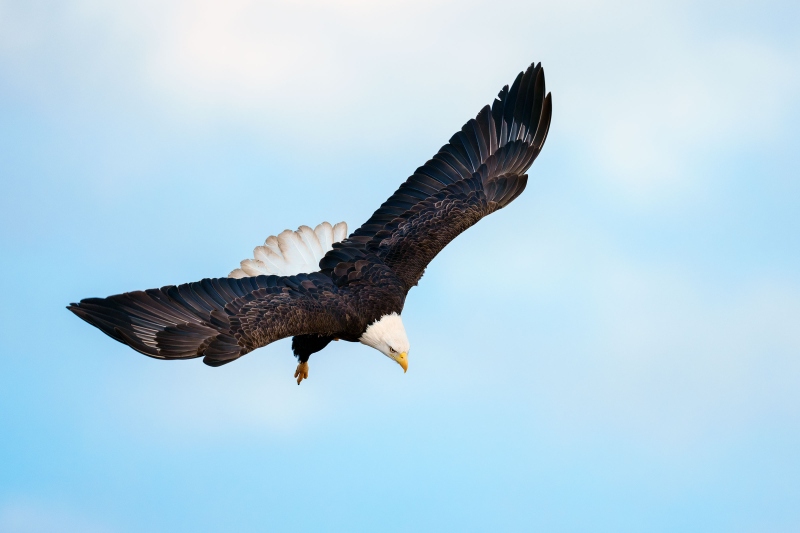
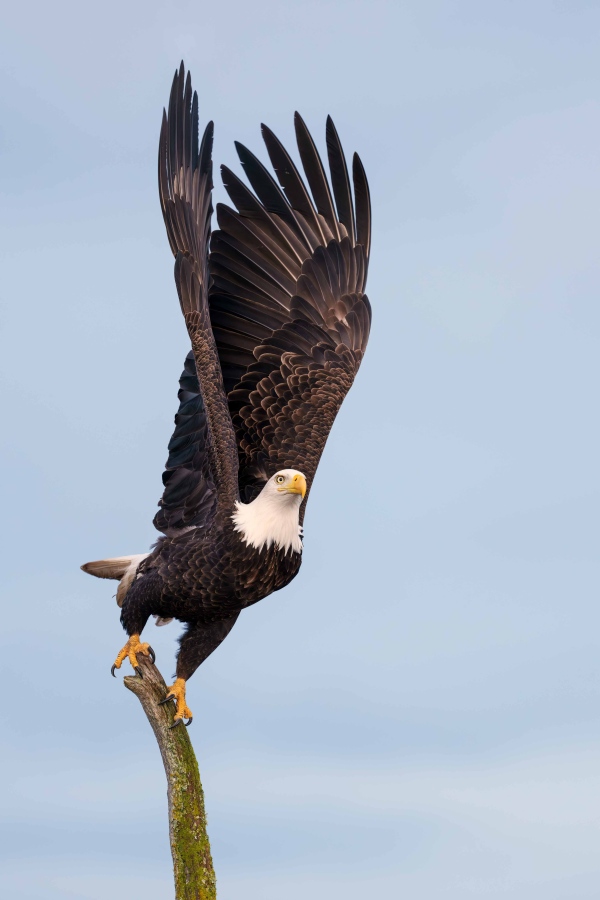
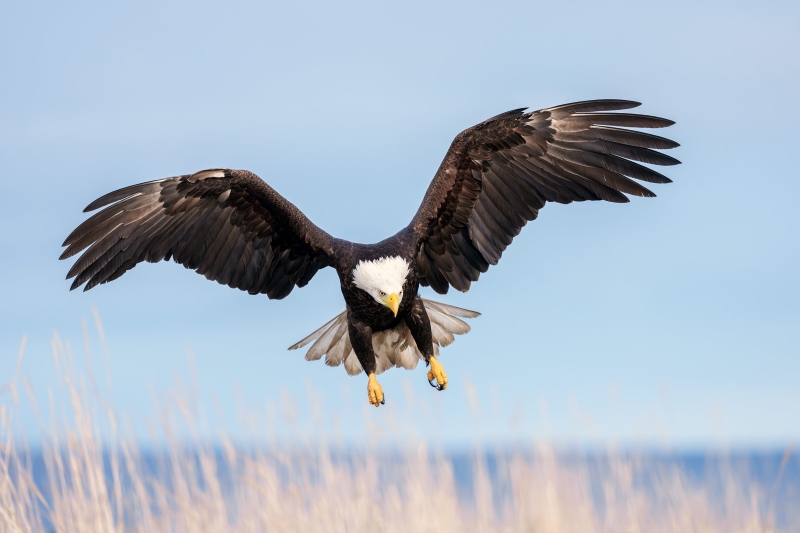
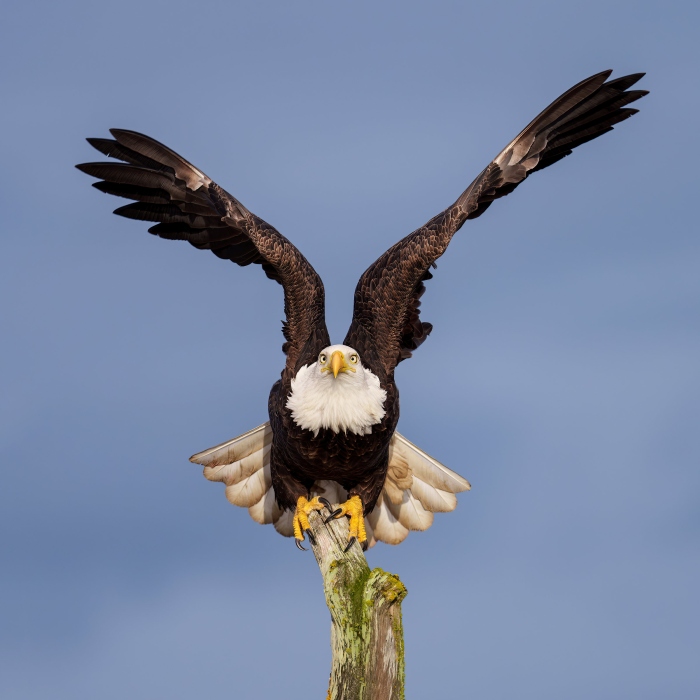
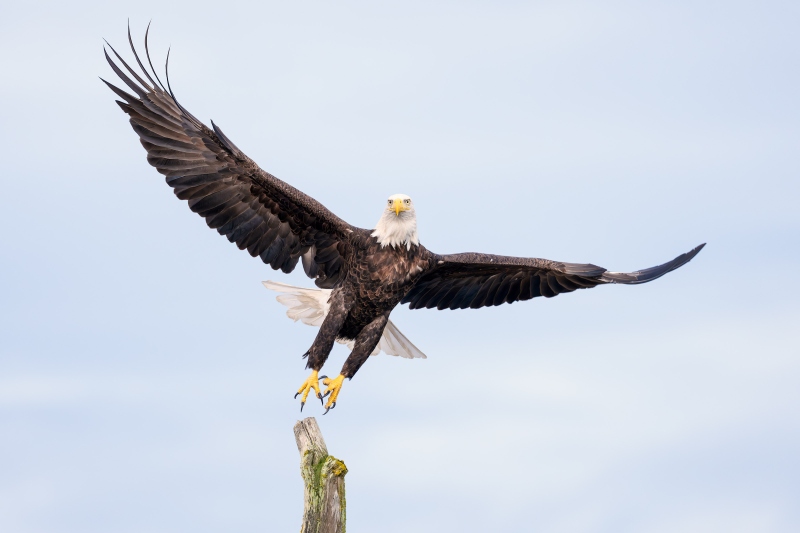
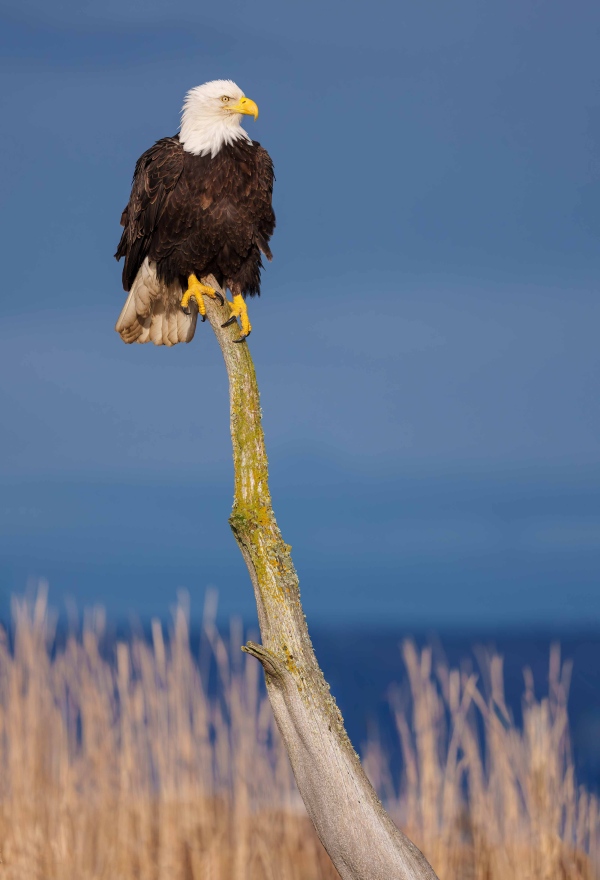
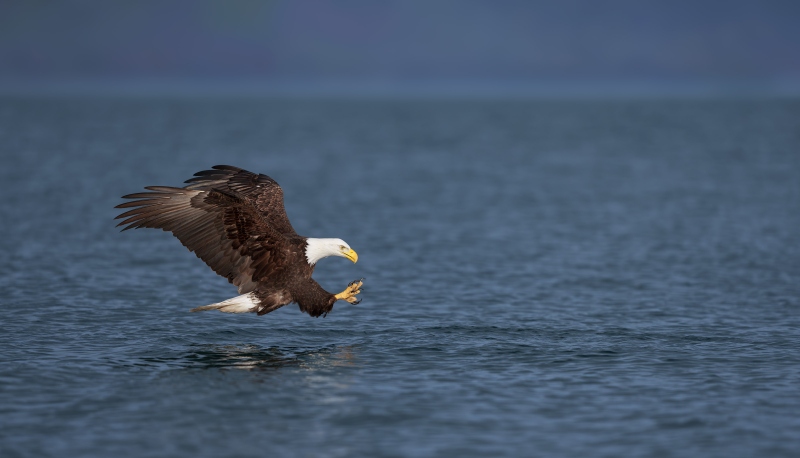
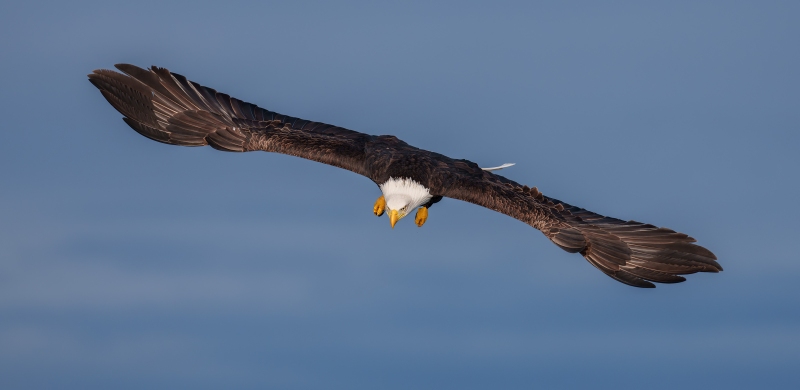
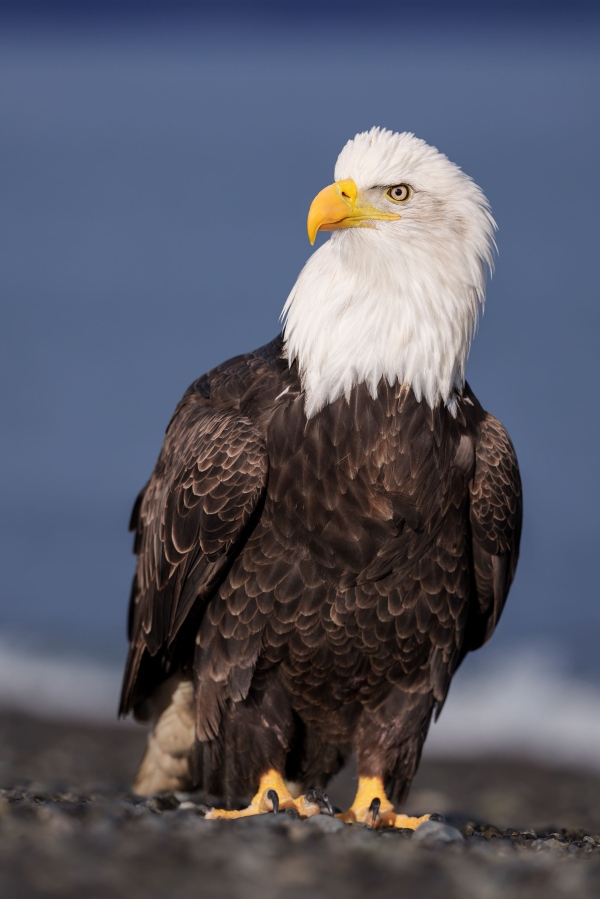
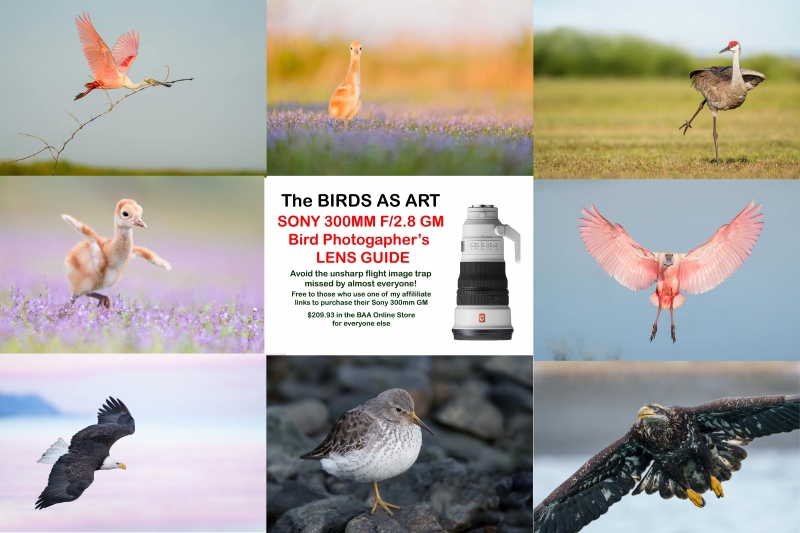









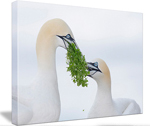



For some reason #6 just keeps growing on me. The more I look at this bird kind of showing it’s athleticism and almost human like looking legs, torso, wing span just keeps amazing me. How these birds live and thrive in such tough winter conditions leaves me awestruck. YouTube has a bald eagles nest from Big Bear, Ca and how they are such devoted and determined parents in seemingly freezing temps is truly special. Enjoy, be safe and D.P. was right #1 is the weakest of the bunch. Pre-capture sounds almost devine!
I like best #2 b/c of unigue wing position & #3 for the horizon/grass detail anchoring the bird.
#7 as a backup like. I like the grass again.
#8 where are the next 120 frames? Was he not successful in the capture of a fish?
Maybe #1 would be the weakest, as you askest for weak shots, but I like all of them
I missed #6 as a good one. Nice precapture! I change mine to #3 & #6
Hi, Artie. Image #7 is the clear winner for me. I agree with what John Storjohann said, and would add that the beautifully lit perch and its angle are just wonderful, and the sunlit grasses against the dark water and sky also are just wonderful. Images 2 and 5 are next on my list of favorites. I love the wng position and whole composition of #2, and the eagle’s eyes and spread, sunlit tail in # 5 also are terrific. Image #1 is the weakest for me; it’s just not very interesting, and you can’t see the bird’s face. Next on the weak list for me probably is #8; that’s not a hard shot to get; even with my Canon R7 and slow RF 100-400 lens I got lots of razor-sharp shots of eagles doing that, and I don’t think the relatively small in the frame presentation adds anything for this particular shot.
Artie, for me #7 is my favorite shot…the warm light in this image is stunning, I love the environmental aspect, the position of the Eagle’s claws shows off its talons, it’s a beautiful head position…don’t get me wrong, I wouldn’t toss any of them in the trash bin, but I really love the strength of this image.
All the best.
I know envy is a terrible thing – but every year I see your Homer shots the feeling gets worse! one day I hope to make it there.
In the meantime, I think numbers 2 and 5 are up there with my favourites you’ve presented from Alaska, and with my love of environment in shots, I love number 7
Stay safe
Mike
Mike Poole: Artie isn’t getting any younger. A year or two ago he was saying his next Homer trip might be his last. Fortunately that doesn’t seem to be the case, but what I’m saying is, don’t wait. Sign up as soon as you can. It’s really a wonderful experience.
All great images artie (but you already know that)! lol
Typo, image 2: warped using the War command with the Transform Tool.
Thanks; my typo is fixed. Do you have a warped sense of self?
with love, artie